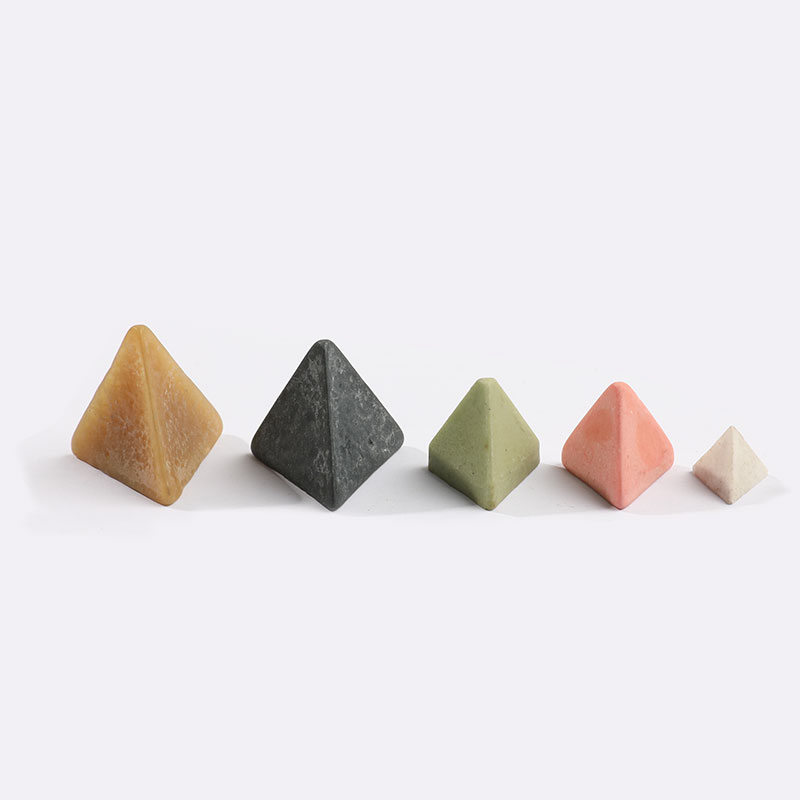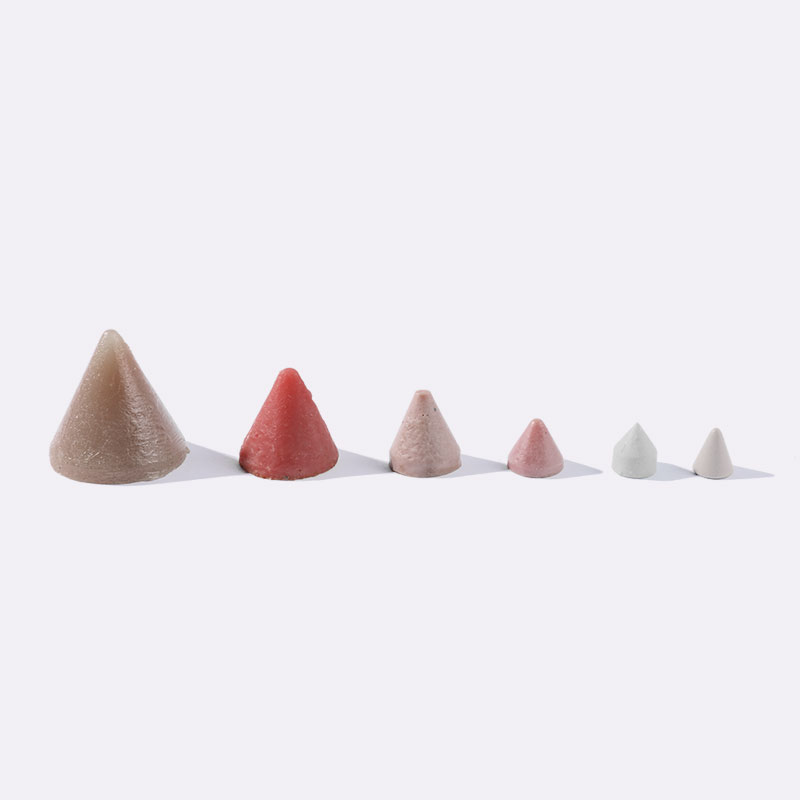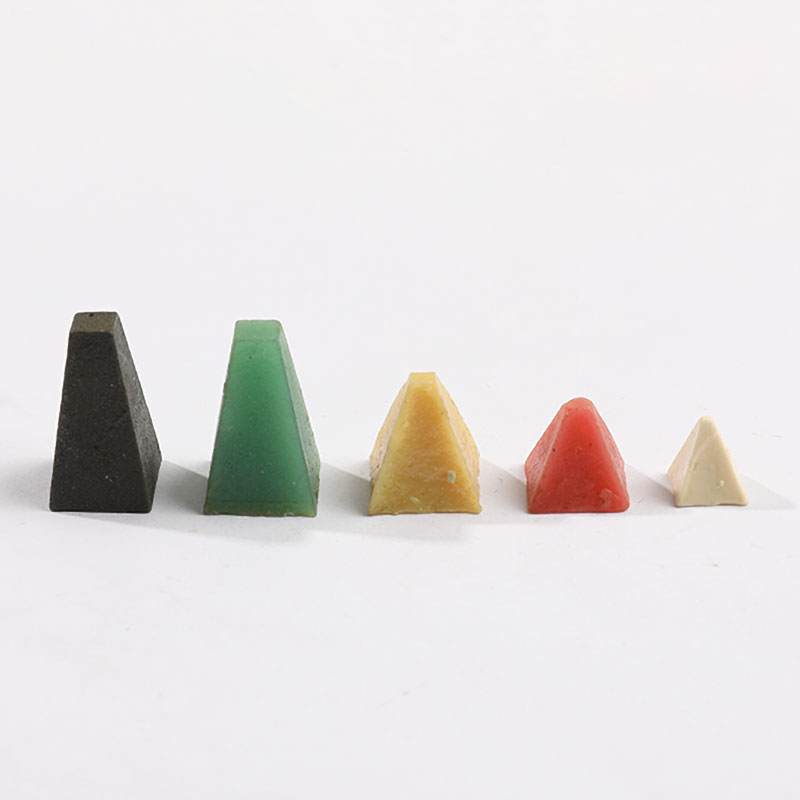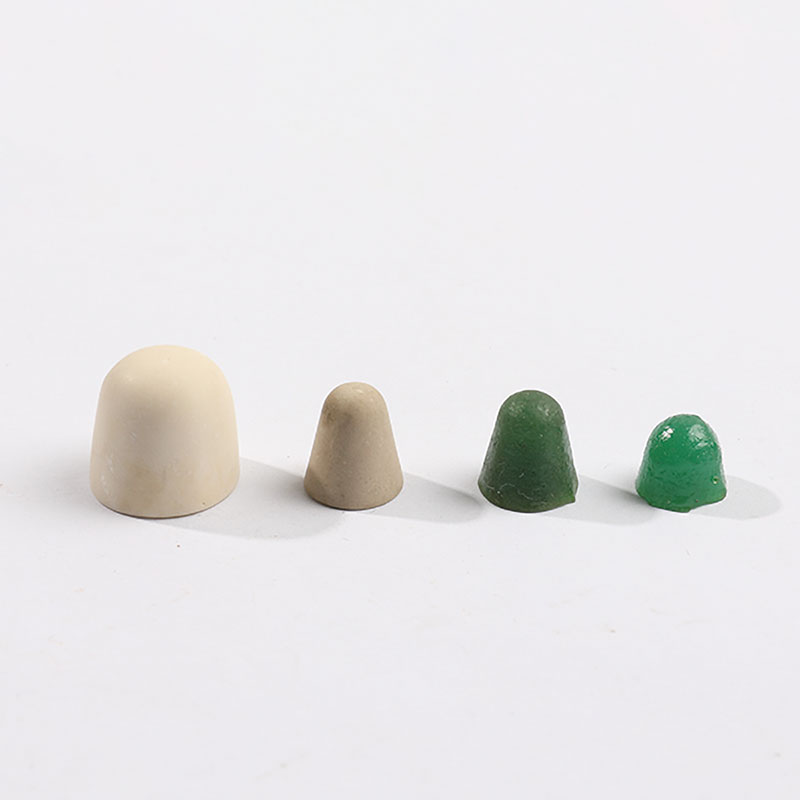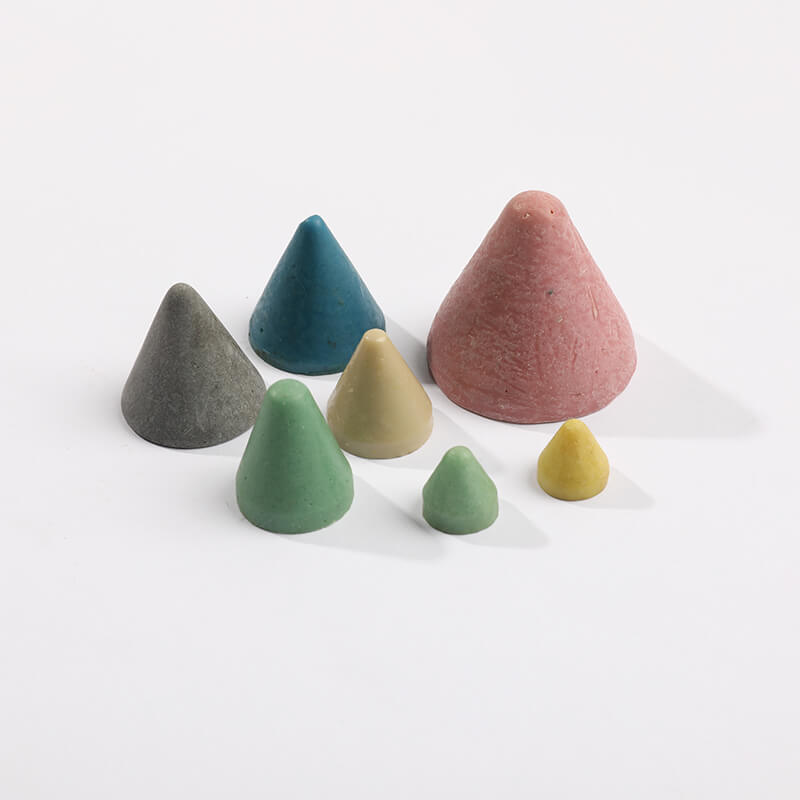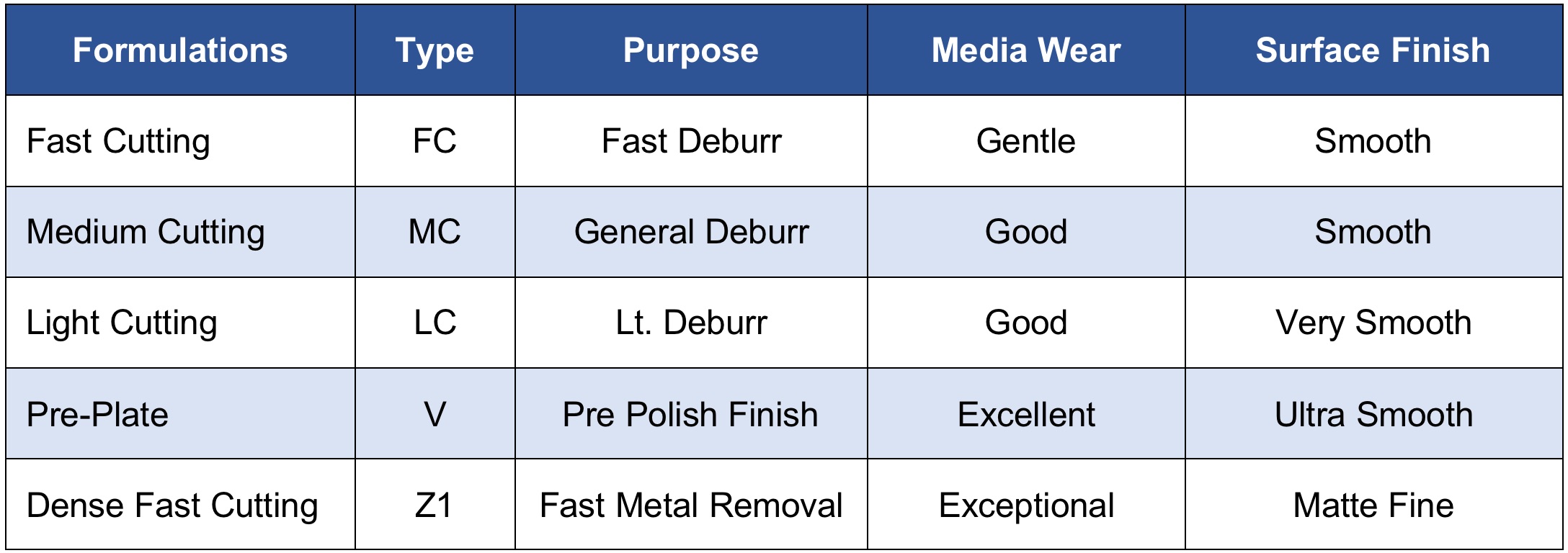To maintain plastic media for optimal performance, consider the following steps:
6.1 Clean the media regularly
Regularly clean the media to remove any contaminants or debris that may affect its performance.
6.2 Store properly
Store the media in a dry, cool place, away from direct sunlight and heat sources, to prevent degradation.
6.3 Inspect regularly
Regularly inspect the media for signs of wear and tear, such as cracks, chips, or breakage, and replace it if necessary.
6.4 Use compatible equipment
Use equipment that is compatible with the plastic media, such as tumbling barrels and vibratory finishing machines, to prevent damage to the media and ensure optimal performance.
6.5 Use appropriate additives
Use appropriate additives, such as detergents, rust inhibitors, and deburring agents, to improve the performance of the media and extend its service life.
6.6 Follow recommended operating conditions
Follow the operating conditions, such as speed, time, and temperature, to prevent damage to the media and ensure optimal performance.
Regular maintenance and proper handling of plastic media will ensure optimal performance, consistency of results, and extended service life.



